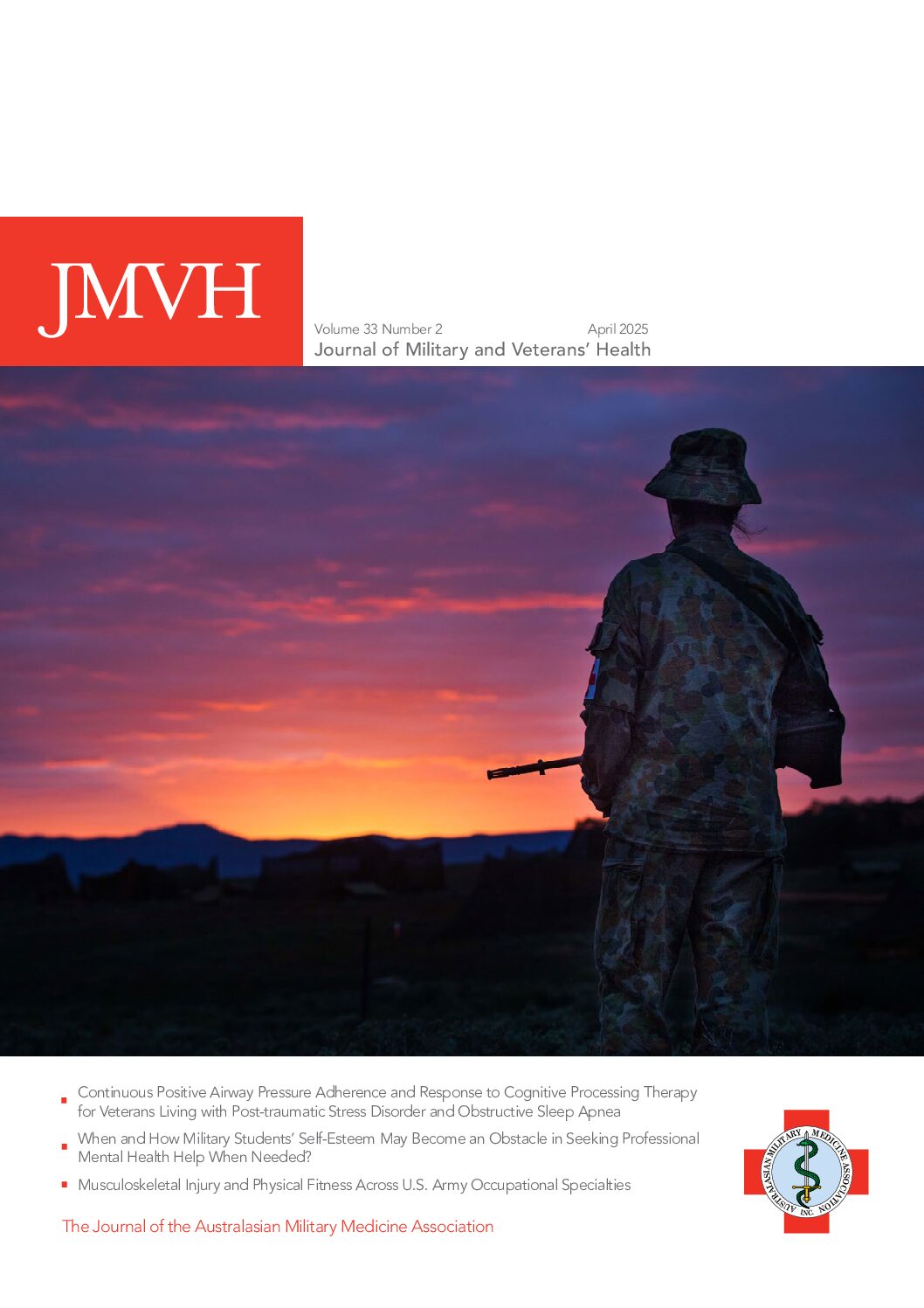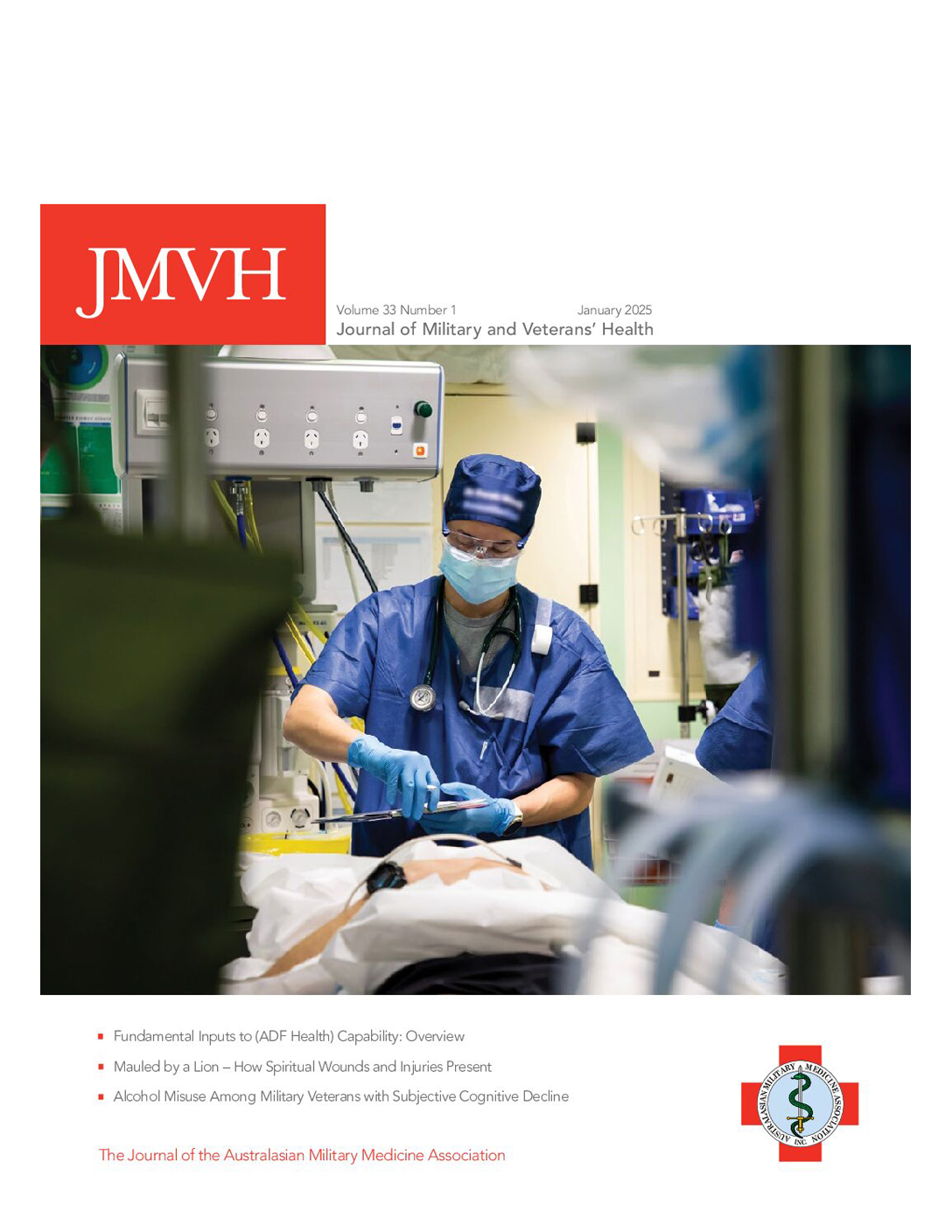FROM 1998 TO 2000, the need for a civilian health response to chemical, biological and radiological (CBR) emergencies was identified and developed in preparation for the Sydney 2000 Olympic Games and beyond. The events of September 2001 have thrown this continuing need into relief and highlighted the significant work still required to improve the capabilities and response for civil protection.
This paper highlights the key developments leading up to the Olympic Games, the key lessons learned from the aftermath of the US terrorism attacks and the ongoing development underway. A particular focus will be the significant progress made in improving inter-agency work at the regional, state and national levels, not just for CBR emergencies, but also for emergency management in general and the benefits this has led to. Cooperation
between the civilian sector and Defence agencies highlighted includes training, capability development and mutual understanding of each other’s role. International aspects of similar developments will be described as part of the
global review of the subject.
THE NEED FOR A RESPONSE
As is often stated, mankind has a long history of using chemical and biological materials as weapons, why did the late 20th Century see a dramatic rise in concern over this issue? Were our systems not resilient enough to cope? After all, even in the last century, countries have had to cope with epidemics and pandemics of devastating proportions and still do. Chemical industry accidents and warfare have thrown up examples where thousands have been affected. Nuclear industries have had to cope with transnational accidents and effects. So what changed?
CONVENTIONS AND THREATS
The development of treaties and conventions covering biological (BWTC)1 and chemical weapons (CWC)2 seemed effective to lessen the likelihood of deliberate use of these materials both in a military and civilian context. Perhaps, and this is somewhat speculative, the hope was that it would go away and the necessary investment could be scaled back. Then a sequence of events in the 1990s rekindled the concerns of the earlier generations. The Gulf War (1990-91), the subsequent UNSCOM missions to Iraq, the use of sarin by the Aum Shinrikyo cult and (in the United States) domestic threats from chemical and biological materials in the mid to late 1990’s heightened awareness. By the time of the Atlanta Centennial Olympic Games in 1996, the United States (US) was embarked on a domestic preparedness program later enshrined in legislation that year’ to combat the threatened potential use of CBR material. Other countries followed to lesser degrees.
WHY THE OLYMPIC GAMES?
From the post-Games report of Atlanta,5,6 it became clear that, at least in the continental United States, the authorities perceived risk from the use of CBR materials in conjunction with this highly focussed international event. The combination of worldwide television and the recent events in Tokyo raised the spectre of a terrorist attack beyond hostage-taking or a conventional bomb. In the end, the tragedy of the Centennial Olympic Park bombing’ involved a back pack with explosives. Federal initiatives following the Nunn-Lugar-Domenici Act continued to progress the development of the response. Intriguingly, the need for a strong public health infrastructure was identified as a critical gap.
WHERE WAS PUBLIC HEALTH?
Looking back to before the Second World War, the United Kingdom had established the Public Health Laboratory Service (PHLS)8 to cope with epidemics arising during civil disruption from wartime and deliberate use of biological agents by the enemy. Similarly, the Epidemic Intelligence Service (EIS) was established in 1951 by Langmuir, a Centre for Disease Control epidemiologist who identified the need to train physicians and other scientists to be prepared to deal with biological warfare.
By the 1990s, however, the purpose and linkages to the deliberate use of “germ warfare” had been all but lost. Indeed, the current generations of epidemiologists and public health staff had little engagement in the subject matter and were sceptical of the need. Even the revelations of one of the former Soviet Union’s program’s directors9.10 were not necessarily viewed as indicative of an imminent threat.
WHAT WAS DONE FOR THE SYDNEY 2000 OLYMPIC GAMES?
In the context of the Olympic Games, however, risk management approach demonstrated the need to develop some capacity to manage such events. This saw a review through 1997 and 1998 of the baseline capacity and gaps across all agencies. Focussing on health services, the pertinent issues, in the context of a massive world event (with intense outside scrutiny), led to the development of systems for decontamination, acquisition of personal protective equipment, use of a baseline surveillance system to track disease incidence, acquisition of pharmaceuticals, training and awareness-raising and, of course, numerous meetings.
The health service development, however, is only one part of the process and it took place in the context of well-developed emergency response structures and concurrent development with other agencies (including fire, police, ambulance and Defence). This has been the key because the inter-action (not the specific technical aspects) to make it work is what is required for any disaster response and the New South Wales bushfires of 2001/2002 more than demonstrated that the familiarity with each other greatly assists any response.
WHAT TO PLAN FOR?
The one nagging problem remained, however- how big an event should be planned for and what arbitrary number do you pick? This is, in part, based on projected feasibility of an attack in terms of magnitude but also ranking this threat against other more likely demands on agencies. The often-quoted WHO 1970 report describing ideal spread by aircraft over a major city concluded that the release of aerosolised anthrax, upwind of a population of 500,000, could lead to an estimated 125,000 casualties, of whom as many as 95,000 could be expected to die. Dramatisations on television outlining hypothetical releases on a subway system projected tolls that stop registering in the mind12 and the Office of Technology Assessment (OTA) computed examples of projected death tolls between 300,000 and 3 million. These numbers are difficult to comprehend and to plan for. Even planning for 1,000 casualties is far outside “normal business”.
Nevertheless, in 2000, a capacity existed to manage an event of this magnitude during and after the Games.
So, in early 2001, New South Wales, like others, had (and still does) a good system of a multi-agency response to all hazards emergencies and a capability to respond to specific CBR events at a low order of magnitude.
WHAT CHANGED IN 2001?
The attacks on New York and Washington suddenly crystallised for some the “threat” of terrorism. Not that this was new, with numerous preceding examples such as the 30 years of Northern Ireland conflicts, the US Embassy bombings in Africa, and groups such as ETA in Spain and others, which had all demonstrated the use of conventional means of terror. It was as if the next step to move to a CBR event was just a question of waiting.
Prior to the October anthrax releases, two events that perhaps gave credence to the “not if… but when” lobby were the publication of some details of the US study on manufacturing feasibility outlined in an NBC
television program and the New York Times.14.15 The program was named Biotechnology Activity Characterisation by Unconventional Signatures, or Project BACHUS. This demonstrated the feasibility of production, at relatively low cost, of biological agents. Canadian experiments16 on powder dispersal from envelopes found that the correct
powder would spread very rapidly from routine mail opening. These experiments demonstrated (if the intent was present) both feasible methods of manufacture and dispersal that were not generally understood previously in emergency response agencies.
This leads us to the pattern of discovery and response to the anthrax cases in Florida, Washington and New York in 2001. Descriptions are found at the CDC website but this event affected 22 people with 11 inhalational cases and five deaths.17 The staggering statistic, however, is the 10,000 or more put on pro phylaxis.
Subsequently, the mistaken attribution of powders in envelopes after the events of October 2001 have thrown the continuing need for a response capability into relief and highlighted the significant work still required to improve the capabilities and response for civil protection.
KEY LESSONS LEARNED
From the aftermath of the US terrorism attacks, there was a worldwide surge in items found, or attributed, with suspicious features. In Australia, none of the items turned out to be contaminated but it would be complacent to assume that future contamination could not occur. The challenge is for a sufficient understanding to develop that does not require responses to “Ajax” or sugar powder but will respond to the finely milled easily dispersed powder that may not be visible after opening.
Above all, the first cases of anthrax identified in the US were done by clinicians treating a clinical case and not by some elaborate surveillance system. Once recognised then surveillance could be initiated and cases sought. However, it is still a matter of time, place and person. Furthermore, the pattern of clinical disease was mixed with both cutaneous and inhalational presentations occurring. Lastly, some patients with inhalational anthrax were successfully treated.
FUTURE DEVELOPMENTS
Work continues on improving and refining the response capability in Australia. Particularly important is the significant progress made in improving inter agency work at the regional, state and national levels, not just for CBR emergencies, but also for emergency management in general and the benefits this has led to. Cooperation between the civilian sector and Defence agencies is also crucial, both in recognising boundaries but also sharing knowledge and expertise.
The World Health Organisation has now revised its guidelines19 and is developing regional tools to assist
developing countries to manage local incidents and those that cross into their jurisdictions.20 At the core of this, however, is the need to balance this against other public health priorities and the challenge ahead is to
make the investment count on many fronts, as it has to date.






